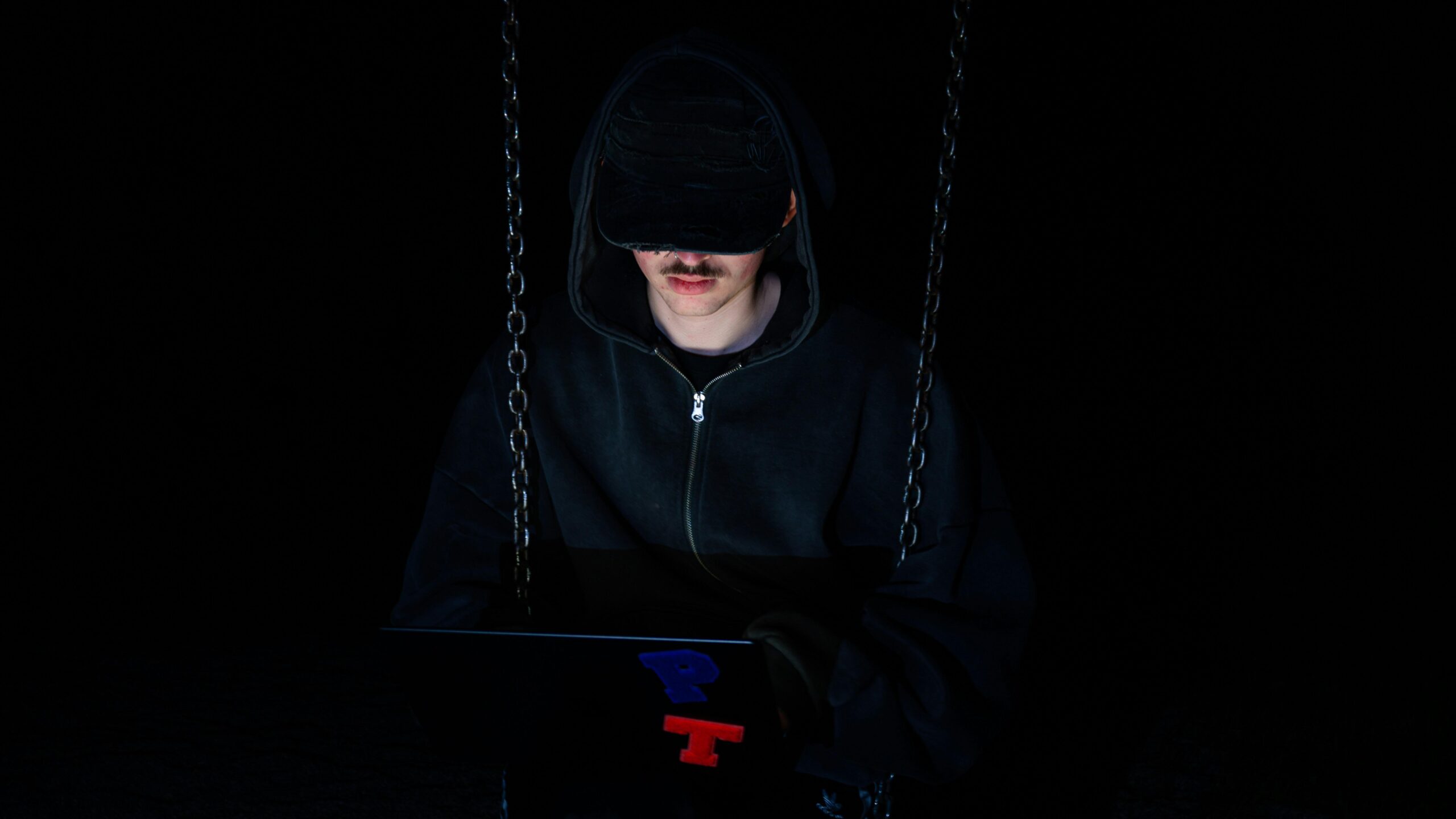Imagine peering into the past, unraveling mysteries that seem locked in time—only to discover the clues are right in front of you, invisible to the untrained eye. Welcome to the captivating world of forensic science, where science and sleuthing collide to crack some of history’s most puzzling cases. From primitive methods to cutting-edge technology, the journey of forensic science is as fascinating as the stories it helps to tell. Join me as we trace time and explore how this ever-evolving field has transformed the way we uncover truth, bring justice, and satisfy our curiosity about the unknown.
Table of Contents
- The Origins of Forensic Science Unlocking Clues from History
- Breaking Down the Tools That Revolutionized Crime Solving
- The Role of DNA and Digital Evidence in Modern Investigations
- Future Frontiers in Forensic Science and How to Stay Ahead
- Concluding Remarks
The Origins of Forensic Science Unlocking Clues from History
Long before the glowing screens and high-tech labs of today, forensic science was a craft born from human curiosity and necessity. Ancient civilizations, from the Chinese to the Egyptians, laid the foundational stones by using keen observation and rudimentary techniques to solve mysteries. A key example is the 13th-century Chinese handbook detailing fingerprint use to identify suspects—an early nod to the art of individual identification that modern forensics would later perfect. These early pioneers weren’t just interested in catching criminals; they sought to unravel the stories hidden in the shadows, uncovering truth one clue at a time.
As centuries passed, the evolution of forensic methods intertwined with the development of science itself. The Renaissance brought anatomical studies and the birth of toxicology, thanks to visionaries like Paracelsus who explored poisons and their effects. In the 19th century, forensic science blossomed with the introduction of:
- Fingerprint classification systems that revolutionized personal identification
- The application of toxicological analysis in criminal investigations
- Forensic anthropology providing insights into unidentified remains
These breakthroughs transformed a loosely gathered set of techniques into a rigorous discipline, forever changing how justice sought its answers.
Breaking Down the Tools That Revolutionized Crime Solving
From the humble magnifying glass to today’s cutting-edge digital forensics, the arsenal of crime-solving tools has expanded dramatically, reshaping the investigative landscape. Fingerprint analysis, once a nascent technique, evolved into a powerhouse for personal identification, allowing detectives to link suspects to crime scenes with unparalleled precision. Meanwhile, DNA profiling emerged as a game-changer in the 1980s, turning countless cold cases into solved mysteries and exonerating the innocent with scientific certainty. These advances not only enhanced accuracy but also injected new credibility into law enforcement processes worldwide.
Beyond these headline-grabbing methods, a myriad of lesser-known tools quietly revolutionized forensic science. Techniques like ballistics examination, blood spatter analysis, and digital footprint tracing have become indispensable in unraveling complex crimes. Coupled with breakthroughs in technology—such as enhanced microscopy and AI-driven data analytics—investigators now possess a sophisticated toolkit that spans both the physical and digital realms. This evolving synergy between science and technology continues to push the boundaries of what’s possible, forging a future where truth is uncovered faster and more reliably than ever before.
- Fingerprint databases for rapid suspect identification
- Genetic sequencing unlocking biological evidence
- Crime scene reconstruction software aiding case visualization
- Digital forensics suites recovering elusive electronic clues
The Role of DNA and Digital Evidence in Modern Investigations
In today’s investigative landscape, DNA analysis stands as a pivotal tool that transforms minute biological traces into powerful narratives of truth. This microscopic evidence can link suspects to crime scenes with astonishing precision or exonerate the innocent when all seems lost. What’s fascinating is how forensic scientists decode these genetic puzzles by examining markers that are unique to every individual, making DNA not just evidence, but a silent witness capable of speaking volumes across decades. This biological blueprint has revolutionized cold case investigations, shedding light on mysteries once thought unsolvable.
Parallel to the rise of genetic forensics is the surge of digital evidence, a realm where data becomes the new fingerprint. From GPS coordinates to encrypted messages, digital trails offer an intricate map of a person’s actions and intentions—often in real time. Investigators now sift through:
- Smartphone metadata revealing location histories
- Social media footprints that establish timelines
- Encrypted communications unlocking covert exchanges
- Internet activity patterns that suggest motive or opportunity
By marrying these channels of evidence, modern forensics creates a multidimensional view of crimes, weaving together strands of DNA and pixels into a comprehensive story of wrongdoing and resolution.
Future Frontiers in Forensic Science and How to Stay Ahead
As technology rapidly evolves, so too does forensic science, venturing into territories that only a decade ago seemed like science fiction. The integration of artificial intelligence and machine learning is revolutionizing how evidence is analyzed, enabling investigators to decode complex data patterns with unprecedented speed and accuracy. Imagine algorithms that can reconstruct crime scenes from fragmented evidence or predict criminal behavior before a crime occurs. At the same time, advances in nanotechnology are paving the way for ultra-sensitive detectors that can identify trace amounts of substances, allowing law enforcement to gather clues invisible to the naked eye.
To remain at the forefront of this exciting field, forensic professionals must embrace continuous learning and adaptability. This means not only mastering cutting-edge tools but also developing interdisciplinary skills that blend biology, chemistry, data science, and legal know-how. Here’s how to stay ahead:
- Engage in ongoing training: Participate in workshops and certifications focused on emerging technologies.
- Collaborate across disciplines: Work with experts in AI, cybersecurity, and forensic psychology to expand your knowledge base.
- Stay informed on research: Regularly review scientific journals and attend forensic science conferences.
- Adopt ethical practices: As technology advances, so do ethical challenges—staying informed ensures responsible application.
Concluding Remarks
As we peel back the layers of forensic science, it’s clear that this ever-evolving field is much more than just a tool for solving crimes—it’s a testament to human curiosity and ingenuity. From humble beginnings with fingerprints and footprints to cutting-edge DNA analysis and digital forensics, each breakthrough brings us closer to uncovering the truth with remarkable precision. The story of forensic science is still being written, and who knows what fascinating advancements lie just around the corner? So next time you watch a crime show or read about a high-profile case, remember: behind every clue is a rich history of innovation—and a future filled with endless possibilities. Keep questioning, keep exploring, and stay curious!












